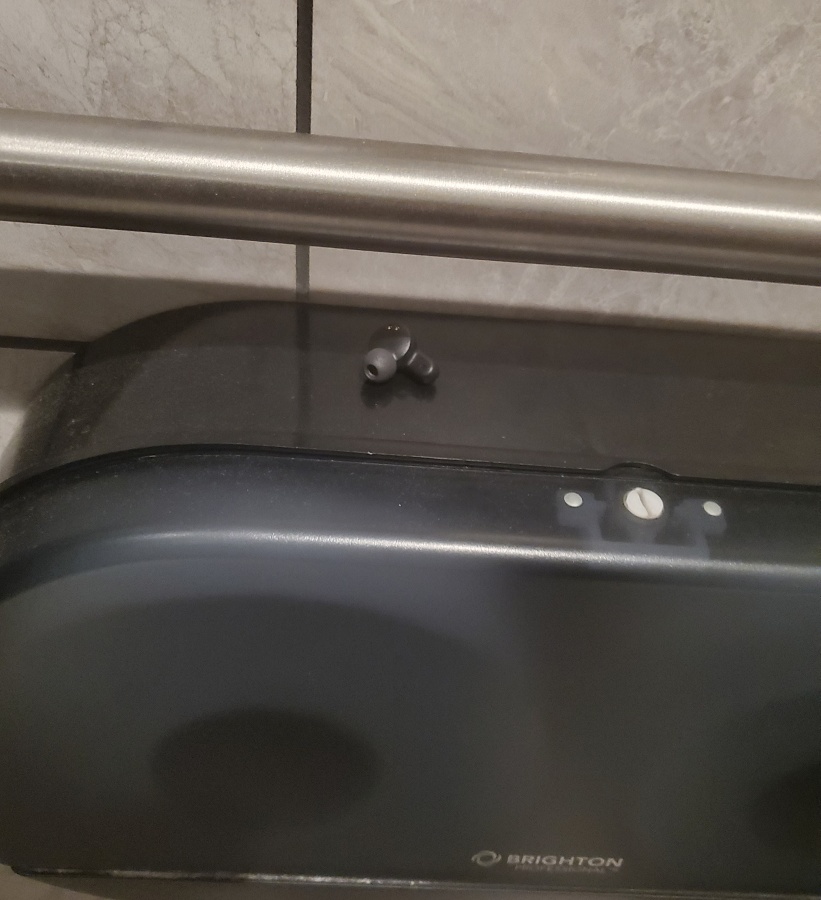Jury Instructions
Having been following actual court cases for the last couple of years, I’ve figured out a few minor things.
One of the most important things is that most of the work in a court case is done outside the courtroom and before the first argument is uttered.
In the United States, a court can only hear a case where there is an active dispute. Each person involved in the case has a part to play.
When the case is heard, the rules will be interpreted and enforced by the judge. His job is to control what evidence is presented.
It is then the task of the jury to evaluate that evidence to determine the “truthfulness” of each piece of evidence, then to evaluate if that evidence proves beyond reasonable doubt that the defendant is guilty.
Which takes us to jury instructions. The jury instructions are the point at which the judge informs the jury of how to evaluate the evidence presented and what it takes to prove a charge.
Count I — False Statement in Purchase of a Firearm (18 U.S.C. 922(a)(6))
Count One charges that the defendant knowingly made a false statement in the purchase of a firearm, in violation of Title 18, United States Code, Section 922(a)(6).
To find the defendant guilty of this offense, you must find that the government proved each of the following four elements beyond a reasonable doubt:
First: The seller was a licensed dealer;
Second: That the defendant made a false statement while acquiring a firearm from the seller;
Third: That the defendant knew that the statement was false;
and
Fourth: That the false statement was intended or likely to deceive the seller with respect to any fact material to the lawfulness of the sale of the firearm.
—No. 225 United States v. Biden, No. 1:23-cr-00061 (D. Del.)
There are only three elements that the jury is determining in count I. The parties stipulated that the seller was an FFL.
The second element is whether Hunter Biden was lied about being an Are you an unlawful user of, or addicted to, marijuana or any depressant, stimulant, narcotic drug, or any other controlled substance?
— Form 4473 Q21(f). If the jury believes that Hunter was doing crack at the time he filled out the 4473, then he made a false statement.
The third element is whether Hunter knew he was lying. Yeah, that’s an easy one.
The fourth element asks if the lie was done to deceive the seller into selling the firearm in violation of 922(g).
The judge clarifies that the statement is “false” if it was untrue when it was made.
Count I is lying to the FFL. Count II is lying on the 4473. They are the same instructions but worded slightly differently.
Count III is of more interest to us:
First, the defendant was an unlawful user of a controlled substance or addicted to a controlled substance;
Second, the defendant knowingly possessed a firearm, that is a Colt Cobra 38SPL revolver with serial number RA 551363, while he was an unlawful user of a controlled substance or addicted to a controlled substance;
Third, at the time the defendant knowingly possessed the firearm, he knew he was an unlawful user of a controlled substance or addicted to a controlled substance; and
Fourth, the firearm was transported across a state line at some time during or before the defendant’s possession of it.
—id.
There is no mention in this set of instructions to consider if §922(g)(3) is unconstitutional. That question is a legal question and would be answered by the judge.
The parties stipulated to the firearm traveling across state lines.
Here is the unanimity section.
Each of you must agree with the other jurors as to whether the defendant was an unlawful user of a controlled substance, or was addicted to controlled substances, or both. If you unanimously agree that he was either an unlawful user of a controlled substance, or was addicted to a controlled substance, or was both, and met the other elements as to the offense, you may find the defendant guilty. Unless each of you agree that the government has proven that he was either an unlawful user of a controlled substance or addicted to a controlled substance, then you must find the defendant not guilty.
—id.
This is where Donald Trump was screwed in the jury instructions. Here, the court states that the jury must agree unanimously that Hunter was an unlawful user of a controlled substance, OR the jury must agree unanimously that he was addicted to a controlled substance.
If they agree unanimously that he is an unlawful user AND addicted to a controlled substance, then he is both.
In the Trump jury instructions, the court said that there was no need to unanimously agree on a predicate crime. The jury just had to agree, unanimously, that there was A predict crime.
The jury found Hunter Bidden guilty of all three counts.





